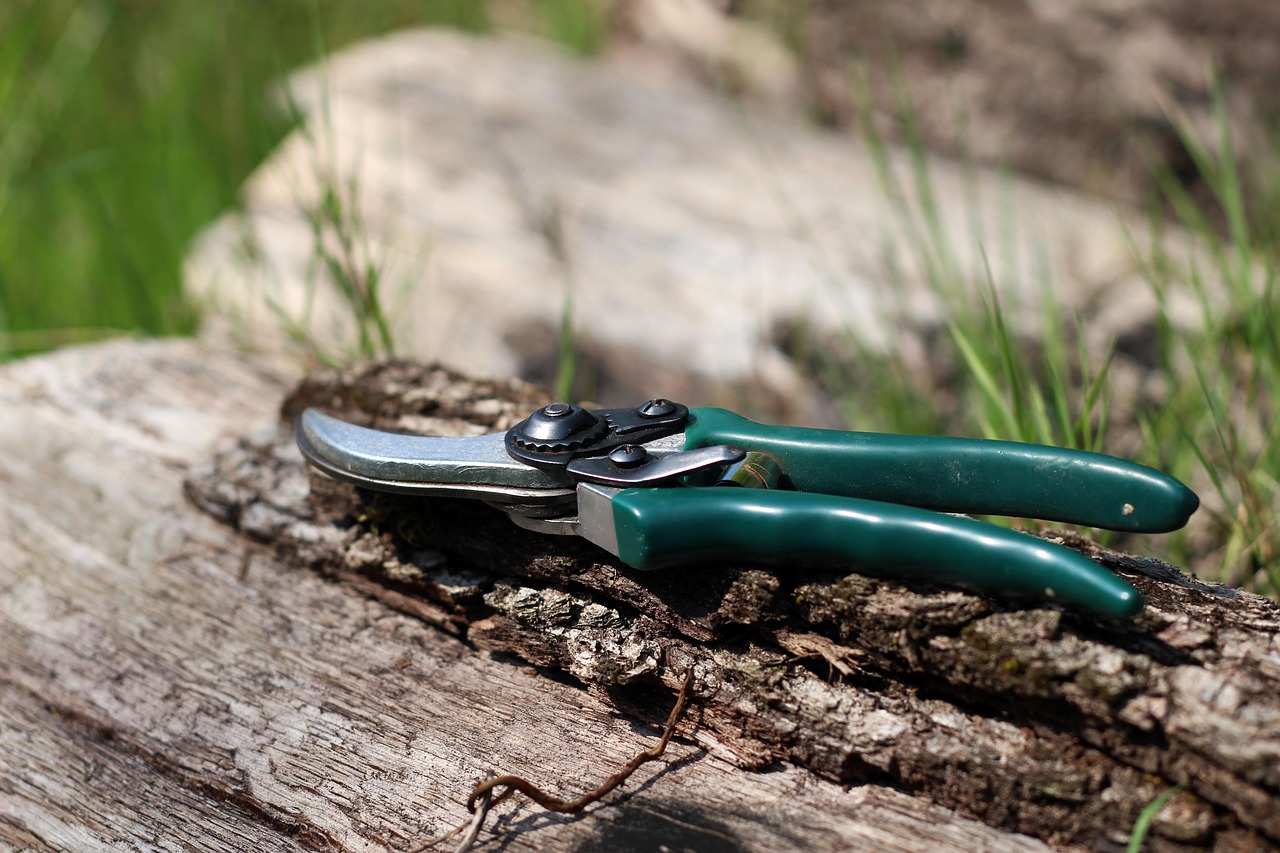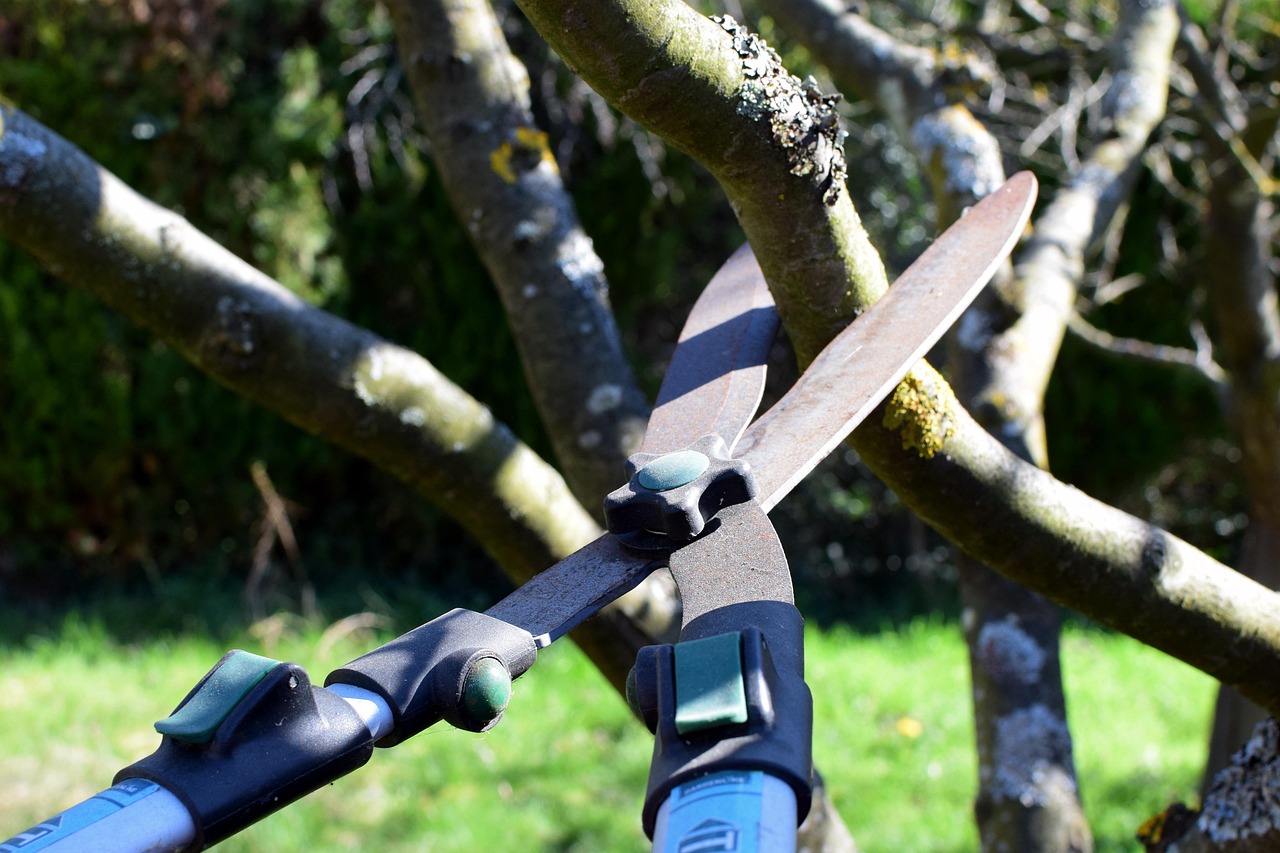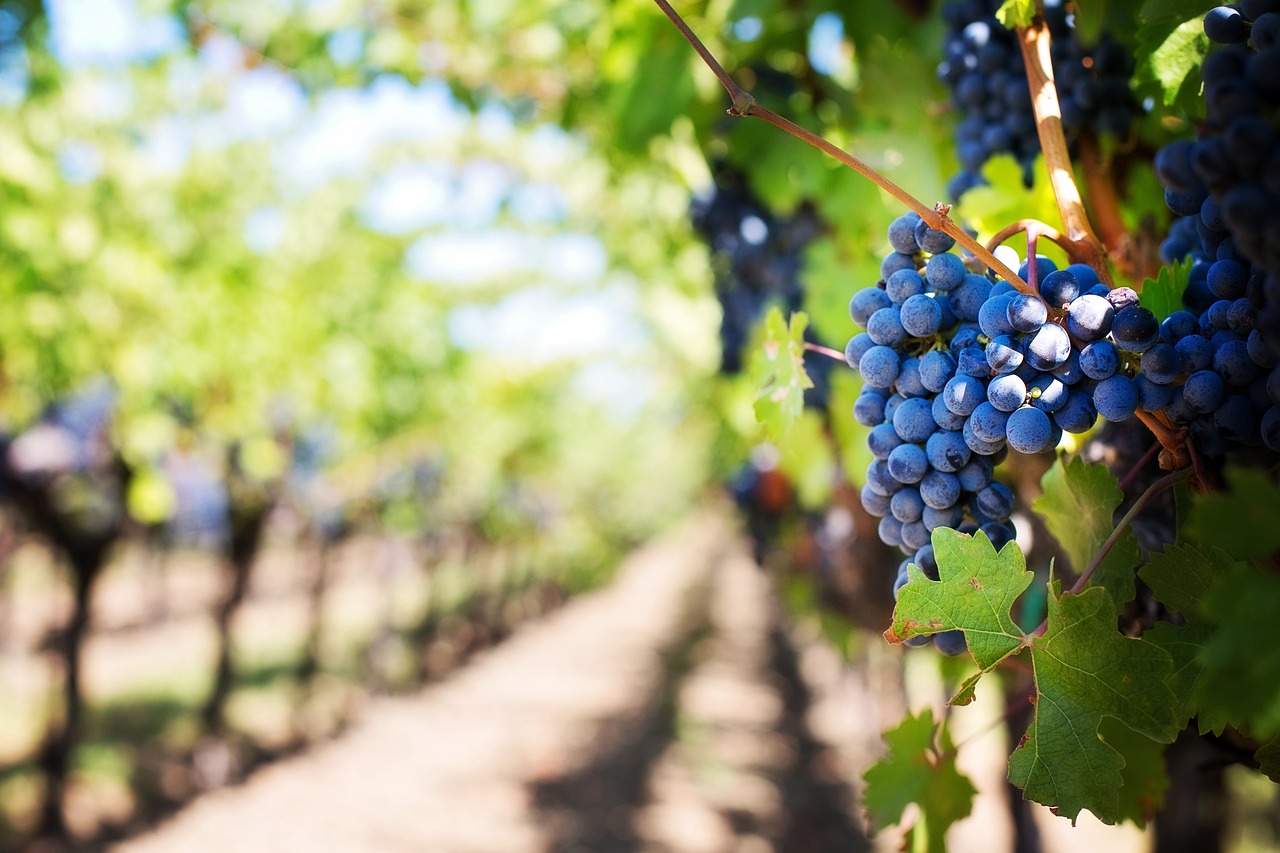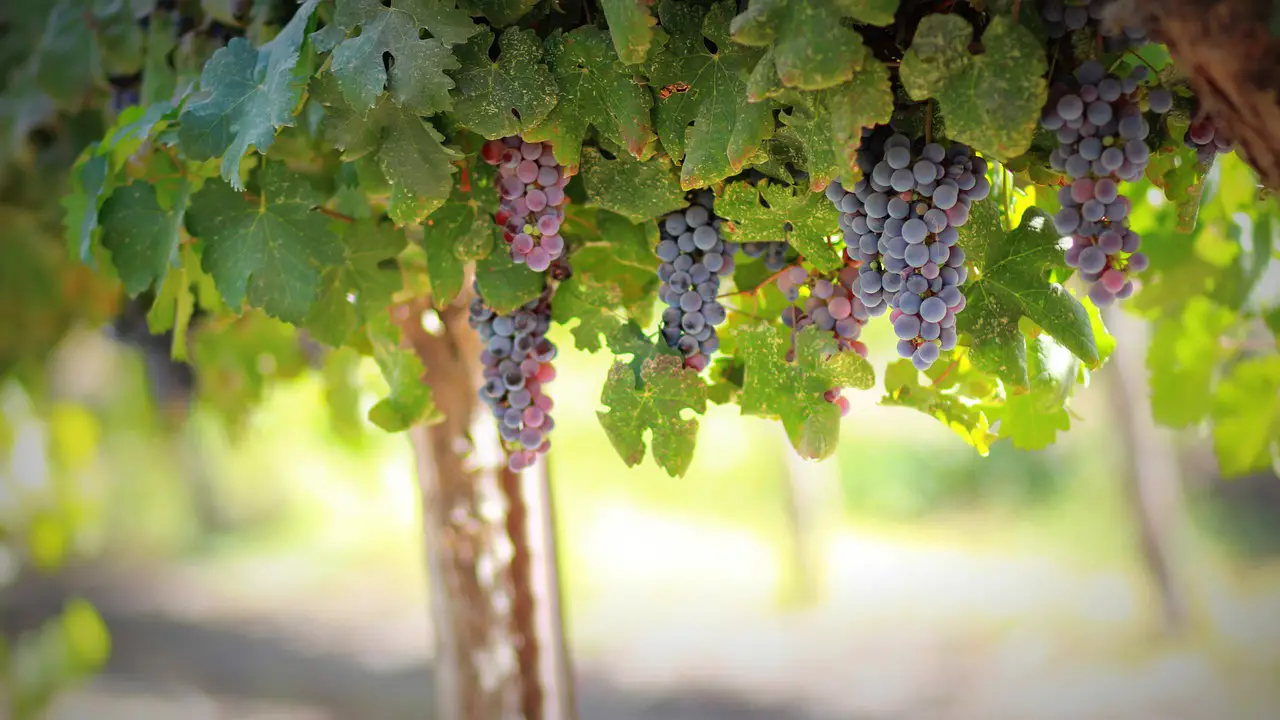Grapevine pruning is vital for small vineyards and hobby growers to promote healthy growth, improve fruit quality, and optimize yields. This guide shares essential techniques, timing, tools, and best practices to help you master pruning, prevent common mistakes, and achieve a thriving, productive vineyard regardless of experience level.
Understanding Grapevine Pruning
Grapevine pruning is a crucial practice in viticulture. It involves the selective removal of certain parts of the vine to improve its structure and fruit production. This practice is not only about cutting back the vines but also about promoting better airflow, light penetration, and ultimately, grape quality.

In small-scale or hobby vineyards, where resources may be limited, effective pruning can make a significant difference. Many hobbyists may feel intimidated by the process, but with a few guidelines, anyone can learn to prune their grapevines successfully.
There are two primary types of pruning techniques used in grapevine management:
- Winter Pruning: This takes place during the dormant season. It is the most critical period for shaping the vine and determining the number of buds that will produce grapes.
- Summer Pruning: This occurs during the growing season. It is used to manage vine growth and improve air circulation around the grapes.
Each technique has its specific purpose and timing, which are essential components for successful grape production.

Pro-Tips and Common Mistakes to Avoid
- When I first started pruning, I underestimated the importance of timing. I learned that pruning late in the season can cause excessive sap loss, stressing the vine. Now, I always prune during dormancy in late winter or early spring for healthier vines.
- Early on, I over-pruned my vines, thinking that removing as much as possible would boost productivity. I quickly realized that too many removed buds reduced my yield. Now, I carefully select the right number of buds to leave, balancing vine health and production.
- Initially, I made rough cuts that left stubs and damaged nearby buds. That attracted pests and diseases. I’ve learned to make clean, angled cuts just above buds for better healing and healthier growth.
- When I first pruned without a plan, I ended up with uneven growth and inconsistent fruit quality. Now, I assess my vines, plan my cuts, and follow a systematic approach to ensure uniformity and productivity.
- I used to neglect tool sanitation, which led to spreading diseases. Now, I disinfect my pruning tools before and after use, especially when moving between vines, to keep everything healthy.
- One common mistake I see others make is not understanding the vine’s growth patterns. Learning about bud types and vine phases has helped me prune more effectively and promote stronger, healthier vines.
- My biggest lesson was to avoid over-pruning too early. I now observe vine vigor and adjust my pruning accordingly, ensuring I don’t cut back too much and compromise future yields.
- Finally, I remind myself that experience is the best teacher. Keeping a vineyard journal of what I prune, when, and the results, helps me refine my technique each season.
The Importance of Pruning
Pruning plays a vital role in vineyard management for several reasons:
- Enhances Fruit Quality: Proper pruning encourages the production of high-quality grapes. By focusing energy on fewer clusters, the grapes develop better flavor and concentration.
- Improves Airflow: Pruning opens up the vine canopy, helping to reduce humidity levels around the grapes. This minimizes the risk of fungal diseases.
- Facilitates Sunlight Penetration: Adequate sunlight exposure is necessary for photosynthesis. Pruning allows light to reach more leaves, promoting overall vine health.
- Controls Growth: Regular pruning helps manage the size and shape of vines, preventing them from becoming too unruly.
Common Pruning Techniques
Several techniques are commonly used for pruning grapevines, each with its advantages and challenges. Here are some of the most popular methods:
| Pruning Method | Description | Best For |
|---|---|---|
| Cane Pruning | This technique involves selecting one or two canes to retain while removing others. It helps control vine growth and improves fruit quality. | Vines with a strong growth habit |
| Sucker Removal | Removing suckers or shoots that grow from below the main trunk. This prevents competition for nutrients. | All types of grapevines |
| Head Training | A method where vines are trained to grow horizontally. This promotes even sunlight exposure across all grapes. | Small-scale vineyards with limited space |
| Cordon Training | A more permanent training system where horizontal branches (cordons) are established. It simplifies annual pruning. | Larger vineyards aiming for efficiency |
Selecting the right pruning method depends on various factors, including vine variety, climate conditions, and personal preference. Each method has its unique benefits that cater to different vineyard goals.

Timing Your Pruning
The timing of grapevine pruning is just as important as the technique used. Most growers recommend pruning during late winter or early spring when the vines are dormant but before any bud break. This timing helps minimize stress on the vine and reduces the risk of disease.
In some climates, summer pruning may also be beneficial. This allows growers to manage vine growth actively while ensuring optimal conditions for grape development.
Understanding local climate conditions can help determine the best timing for both winter and summer pruning. Each vineyard may have unique needs based on its environmental factors.

Ultimately, mastering pruning techniques can elevate the quality of grapes produced in small-scale and hobby vineyards. With practice, anyone can learn to prune effectively, contributing to a thriving vineyard experience.
Tools and Equipment for Pruning
Having the right tools is essential for effective grapevine pruning. Using proper equipment not only makes the job easier but also ensures clean cuts that promote healthy vine growth. Here are some basic tools that every small-scale grape grower should consider:
- Pruning Shears: A good pair of sharp pruning shears is fundamental. Look for ones with ergonomic handles to reduce fatigue during long pruning sessions.
- Loppers: For thicker branches, loppers provide the necessary leverage. They come with long handles, allowing you to cut larger limbs without excessive effort.
- Saw: A small pruning saw can be useful for cutting larger branches that cannot be managed with shears or loppers.
- Gloves: Protect your hands from thorns and sharp edges by wearing sturdy gardening gloves.
- Cleaning Supplies: Keeping tools clean prevents the spread of disease. Use disinfectant wipes or alcohol to sanitize your tools before and after use.
Techniques for Effective Pruning
When approaching grapevine pruning, it is essential to use techniques that maximize the health and productivity of the vines. Here are some recommended techniques:
1. Identify Buds
Understanding how to identify buds is crucial for successful pruning. Grapevine buds are typically located on the canes and can be classified as:
- Fruit Buds: These are the buds that will produce grapes. They are usually plumper than leaf buds.
- Leaf Buds: These buds will only produce leaves. They are smaller and less swollen than fruit buds.
When pruning, focus on retaining as many fruit buds as necessary to achieve your desired yield while removing excess growth that does not contribute to production.
2. Make Clean Cuts
Always aim for clean cuts when pruning. Jagged or torn cuts can lead to wounds that invite pests and diseases. Here are some tips for making effective cuts:
- Angle your cuts slightly above the bud to encourage new growth.
- Avoid leaving long stubs, as they can become entry points for pathogens.
- Make cuts quickly and decisively to reduce the time the vine is exposed to air.
3. Remove Old Growth
Pruning is not just about shaping the vine; it also involves removing old or dead wood. Old growth can harbor pests and diseases. Regularly assess the health of your vines and remove:
- Dead or damaged canes
- Suckers growing from the base
- Crowded canes that compete for nutrients
Understanding Vine Growth Patterns
To prune effectively, it’s important to understand how grapevines grow. Knowing the growth patterns helps in making informed decisions about where to cut and what to retain.
Vine Growth Phases
Grapevines typically go through several phases during their growth cycle:
- Dormancy: During this phase, vines store energy in their roots and undergo minimal growth.
- Budding: As temperatures rise in spring, buds begin to swell and open, signaling the start of new growth.
- Flowering: Buds develop into flowers, which will eventually become grapes.
- Fruit Development: After flowering, grapes start to form and mature over several weeks.
- Harvesting: Once grapes reach optimal ripeness, they are harvested, marking the end of the growth cycle for that year.
Understanding these phases allows growers to tailor their pruning practices to support each stage of vine development effectively.
Common Mistakes to Avoid
Even experienced growers can make mistakes when pruning grapevines. Awareness of common pitfalls can help improve your techniques and outcomes. Here are some mistakes to avoid:
- Poor Timing: Pruning too late in the season can lead to excessive sap loss, stressing the vine.
- Over-Pruning: Removing too many buds can severely limit grape production. Always leave enough buds to ensure a healthy crop.
- Ineffective Cuts: Avoid making cuts that leave long stubs or damage nearby buds. Focus on clean, precise cuts.
- Lack of Planning: Before starting, take time to assess which parts of the vine need attention. Pruning without a plan can lead to inconsistent results.
Avoiding these mistakes will help ensure a more productive and healthier vineyard. By investing time in learning proper techniques and understanding vine growth, small-scale growers can successfully manage their vineyards.
Post-Pruning Care for Grapevines
Once the pruning process is complete, providing appropriate care for your grapevines is essential. This support helps the vines recover from pruning stress and promotes healthy growth in the upcoming season. Here are some key aspects to focus on after pruning:
1. Watering
Pruned vines may experience a temporary shock. Ensuring that they receive adequate water is crucial for their recovery. Consider the following watering guidelines:
- Monitor Soil Moisture: Check the soil moisture regularly. Vines need consistent moisture, especially after pruning.
- Avoid Overwatering: While it’s important to keep the soil moist, overwatering can lead to root rot. Ensure proper drainage in your vineyard.
- Water Deeply: When you do water, ensure it penetrates deeply into the soil to encourage strong root development.
2. Fertilization
After pruning, providing nutrients can help stimulate new growth. A balanced fertilization program is beneficial. Here are some tips:
- Soil Testing: Conduct a soil test to determine nutrient levels and pH. This will guide your fertilization strategy.
- Use Organic Fertilizers: Organic options such as compost or well-rotted manure can enhance soil structure and provide nutrients.
- Timing of Fertilization: Apply fertilizers in early spring, just before the growing season begins, to give vines a nutrient boost.
3. Disease and Pest Management
After pruning, it is vital to monitor your grapevines for signs of diseases or pests. Proper management can prevent significant issues later in the season. Here are some strategies:
- Regular Inspections: Check your vines regularly for any signs of disease or pest infestations. Early detection is key.
- Sanitize Tools: As mentioned earlier, keeping your tools clean helps prevent the spread of diseases.
- Pest Control Measures: Implement integrated pest management (IPM) practices, such as introducing beneficial insects or using organic pesticides when necessary.
The Role of Training Systems in Pruning
The training system you choose for your grapevines can significantly impact how you approach pruning. Various training systems dictate how the vine grows and develops its structure. Here are some common training systems used in small-scale vineyards:
1. Vertical Shoot Positioning (VSP)
This method involves training vines to grow vertically. It encourages good airflow and sunlight exposure, which is essential for grape quality. Key features include:
- Canes are trained upright along a trellis system.
- This method enhances fruit quality by exposing grapes to sunlight.
- Easier management of pests and diseases due to improved airflow.
2. Guyot Training
This technique consists of a single cane with spurs left on either side. It is popular among hobbyists due to its simplicity. Characteristics include:
- One or two canes are retained each season while others are removed.
- This method allows for selective pruning based on vine vigor and fruiting potential.
3. Cordon Training
Cordon training involves creating a horizontal arm structure where fruiting canes grow off the main cordons. This system is efficient for managing larger vineyards. Advantages include:
- Reduces labor costs due to less frequent pruning needs.
- Provides a stable framework for fruit production over multiple seasons.
Seasonal Considerations for Pruning
The changing seasons can affect how you manage your vineyard after pruning. Each season brings specific challenges and opportunities that growers should be aware of:
Spring
This is the most active time for growth in grapevines. After winter pruning, you should:
- Observe bud break and assess the health of new shoots.
- Monitor for any late frost that could damage new growth.
Summer
During summer, growth can be vigorous. Consider these practices:
- Engage in summer pruning if necessary to manage excess growth.
- Ensure adequate water supply as temperatures rise.
Fall
As the growing season comes to an end, focus on preparation for winter:
- Begin monitoring grape ripeness closely as harvest approaches.
- Remove any dead or damaged plant material to reduce disease risk during dormancy.
Learning from Experience
Every vineyard is unique, and learning from experience is vital for successful grapevine pruning. Keeping a journal can be helpful to track what’s working and what isn’t. Here are some suggestions for effective documentation:
- Date of Pruning: Note when each vine is pruned to analyze timing effectiveness.
- Budding Results: Record how well each vine responds post-pruning.
- Pest and Disease Incidences: Track any issues that arise to refine future practices.
This ongoing documentation will provide valuable insights over time, allowing you to adapt and improve your techniques continually.
Advanced Pruning Techniques
For those looking to refine their pruning skills, several advanced techniques can be beneficial. These methods are often employed by experienced growers who want to maximize yield and improve grape quality further:
1. Precision Pruning
This technique involves making careful, calculated cuts to select which buds to keep based on their position, health, and potential for fruit production. Precision pruning emphasizes:
- Bud Selection: Identifying and retaining the best buds based on size and vigor.
- Canopy Management: Ensuring that each cut promotes an ideal canopy for sunlight exposure and air circulation.
2. Regenerative Pruning
This method focuses on rejuvenating older vines that may not produce effectively. Regenerative pruning includes:
- Radical Cuts: Removing large portions of the vine to encourage fresh growth from the base.
- Long-Term Care: Following up with careful monitoring and additional pruning in subsequent seasons to help the vine recover.
3. Mixed Training Systems
Using a combination of training systems can be advantageous, especially in small-scale vineyards where space and vine behavior vary. Some strategies include:
- Combining VSP and Guyot: Utilizing vertical shoot positioning for some rows while applying Guyot training for others based on growth patterns.
- Customizing for Varietals: Different grape varieties may respond better to specific training systems. Tailoring your approach can optimize production.
Environmental Considerations in Pruning
The environment plays a significant role in the success of your pruning practices. Factors such as climate, soil type, and local pests can influence how you approach pruning. Here are some considerations:
1. Climate Impact
Understanding your local climate can help tailor pruning strategies effectively. For example:
- Temperature Fluctuations: In regions with extreme temperature changes, consider the timing of your pruning to avoid frost damage.
- Humidity Levels: High humidity can increase disease risk; therefore, focus on improving airflow through careful pruning.
2. Soil Health
The health of your vineyard soil directly influences vine growth and fruit quality. Practices to maintain soil health include:
- Cover Cropping: Planting cover crops in the off-season can improve soil structure and add nutrients.
- Organic Matter Addition: Incorporating compost or well-rotted manure enhances soil fertility and microbial activity.
3. Pest Management Strategies
Pests can pose a significant threat to grapevines, especially after pruning. Implementing preventive measures is key:
- Companion Planting: Growing certain plants alongside your vines can deter pests and attract beneficial insects.
- Regular Monitoring: Keeping an eye on pest populations allows for timely interventions before infestations occur.
The Economic Aspect of Pruning
For hobbyists and small-scale growers, understanding the economic factors tied to grapevine pruning can help maximize returns. Here are some considerations:
- Cuts and Labor Costs: Efficient pruning can reduce labor costs, which is critical for small operations where every penny counts.
- Yield Improvements: Effective pruning methods lead to higher-quality grapes, which can fetch better prices in local markets.
- Disease Prevention Savings: By investing time in proper pruning techniques, you can minimize losses from diseases and pests, ultimately saving money.
Final Thoughts
Grapevine pruning is an art that combines science, skill, and observation. For small-scale and hobby vineyard owners, mastering the techniques of pruning can lead to healthier vines, better grape quality, and increased yields. As you gain experience, remember that each season provides opportunities for learning and improvement.
The journey of grapevine management does not end with pruning; it continues with attentive care throughout the growing season. By documenting your processes and outcomes, you can gradually refine your practices to suit your specific vineyard conditions.
Whether you are just starting or have been cultivating grapes for years, embracing the principles of effective pruning will enhance your enjoyment of the vineyard experience while contributing significantly to the quality of your harvest. Happy pruning!
